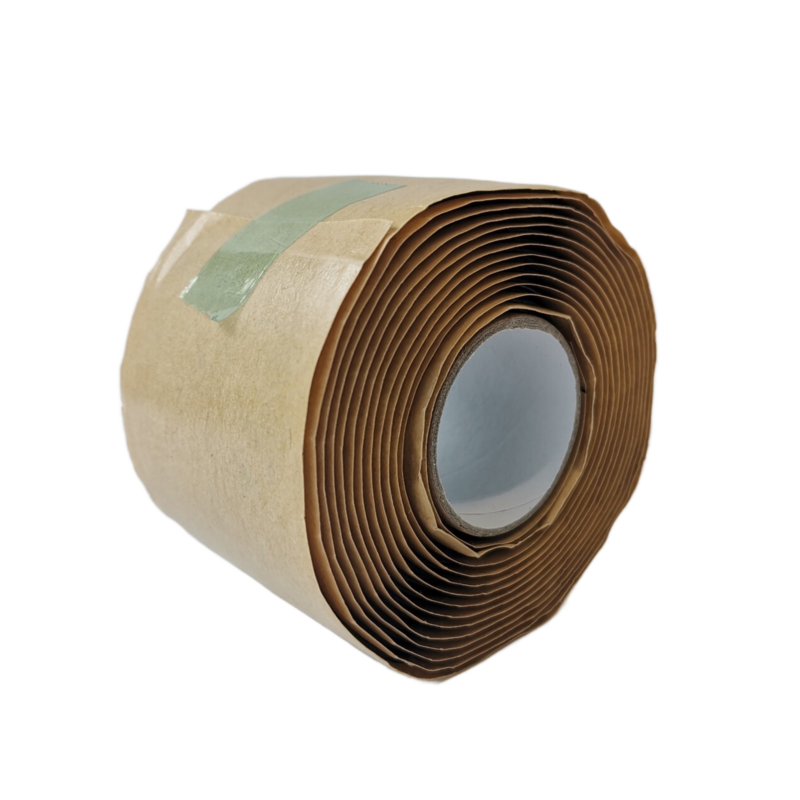How to Use Amalgamating Tape A Comprehensive Guide
Amalgamating tape, often referred to in various industries for its versatility and effectiveness, is a remarkable product designed for insulation, sealing, and bonding applications. Unlike conventional tapes, amalgamating tape has unique properties that allow it to melt and fuse under pressure and heat, creating a waterproof and durable bond without the need for adhesives. In this guide, we will explore the uses, benefits, and proper techniques for using amalgamating tape effectively.
What is Amalgamating Tape?
Amalgamating tape is a type of self-fusing tape typically made from a thermoplastic elastomer. It is often used in electrical, plumbing, and mechanical applications due to its excellent insulation properties and resistance to environmental factors such as moisture, UV rays, and extreme temperatures. The self-fusing characteristics mean that the tape forms a solid, cohesive mass when wrapped over itself, creating a strong and watertight seal.
Benefits of Amalgamating Tape
1. Waterproof Seal One of the standout features of amalgamating tape is its ability to create a waterproof seal, making it ideal for applications involving plumbing and wiring. 2. Temperature Resistance It can withstand a range of temperatures, maintaining its integrity in both high and low-temperature environments. 3. Easy Application Unlike traditional tapes that require adhesive backing, amalgamating tape is easy to apply. You simply stretch and wrap it around the area you wish to seal. 4. Electrical Insulation It is highly effective for insulating electrical connections, preventing short circuits and ensuring safety. 5. No Residue Once removed, it does not leave sticky residue behind, which is essential when dealing with delicate surfaces or reapplying different materials.
How to Use Amalgamating Tape
Step 1 Prepare the Surface
Before applying amalgamating tape, ensure that the surface is clean, dry, and free from any chemicals, dirt, or oils. You may use a suitable cleaning agent to wipe down the area, allowing it to dry completely before proceeding.
Step 2 Cut the Tape
Cut a length of amalgamating tape as required. It’s advisable to work with a length that allows for multiple overlaps without excessive waste. Generally, lengths between 1 to 3 feet are manageable for most applications.
how to use amalgamating tape

Step 3 Stretch and Apply
To begin the application, stretch the tape slightly as you wrap it around the surface. This stretching is essential, as it helps the tape to conform tightly to the shape of the object you’re covering. Wrap the tape around the area with a slight overlap (20-50% overlapping) for optimal sealing.
Step 4 Apply Pressure
Once the desired coverage is achieved, use your fingers or a flat tool to press down on the tape. The pressure aids in the fusion process, allowing the tape layers to bond effectively. Ensure that you’re applying even pressure to prevent any gaps or bubbles.
Step 5 Allow it to Cure
After application, allow the amalgamating tape to cure for a few minutes. This time will enable the layers to bond fully, enhancing the waterproof and insulation capabilities of the tape.
Common Applications of Amalgamating Tape
Amalgamating tape is used extensively in various industries. Some common applications include
- Electrical Work Insulating wire connections and splices to prevent moisture ingress and short circuits. - Plumbing Sealing leaking pipes and fittings, especially in tight spaces where traditional sealing methods may not work. - Automotive Wrapping electrical wiring and securing connections against environmental elements. - HVAC Insulating ductwork and sealing connections against air leaks.
Conclusion
Amalgamating tape is a highly effective solution for a variety of sealing and insulating needs. Its unique self-fusing properties make it superior to traditional tapes in many situations, particularly where water and environmental exposure are concerns. By following the steps outlined above, you can effectively utilize amalgamating tape in your projects, ensuring durability and safety in your applications. Whether you are a DIY enthusiast or a professional contractor, having amalgamating tape in your toolkit can provide peace of mind in achieving reliable results.
-
XIANGFAN Rubber Tape-Ultimate Solutions for All Your Insulation NeedsNewsJun.24,2025
-
XIANGFAN Rubber Tape-Protection for Industrial and Residential ApplicationsNewsJun.24,2025
-
XIANGFAN Rubber Tape: Superior Safety and Sealing for Demanding EnvironmentsNewsJun.24,2025
-
XIANGFAN Rubber Tape: Reliable Solutions for Every Electrical ChallengeNewsJun.24,2025
-
XIANGFAN Electrical & Industrial Tape: Powering Reliability Across IndustriesNewsJun.24,2025
-
XIANGFAN Electrical & Industrial Tape: Excellence in Every ApplicationNewsJun.24,2025
